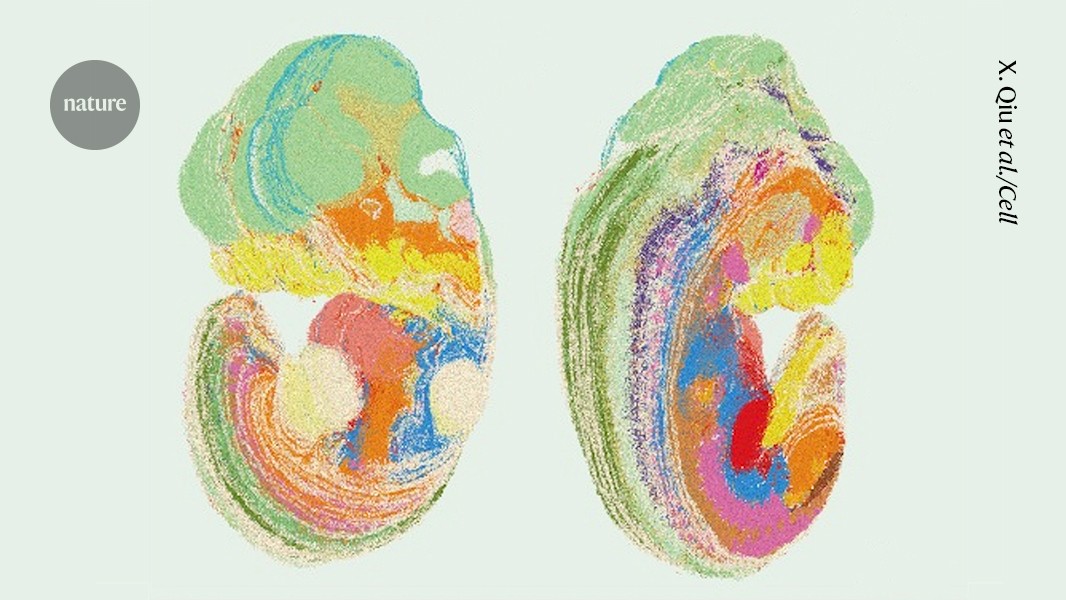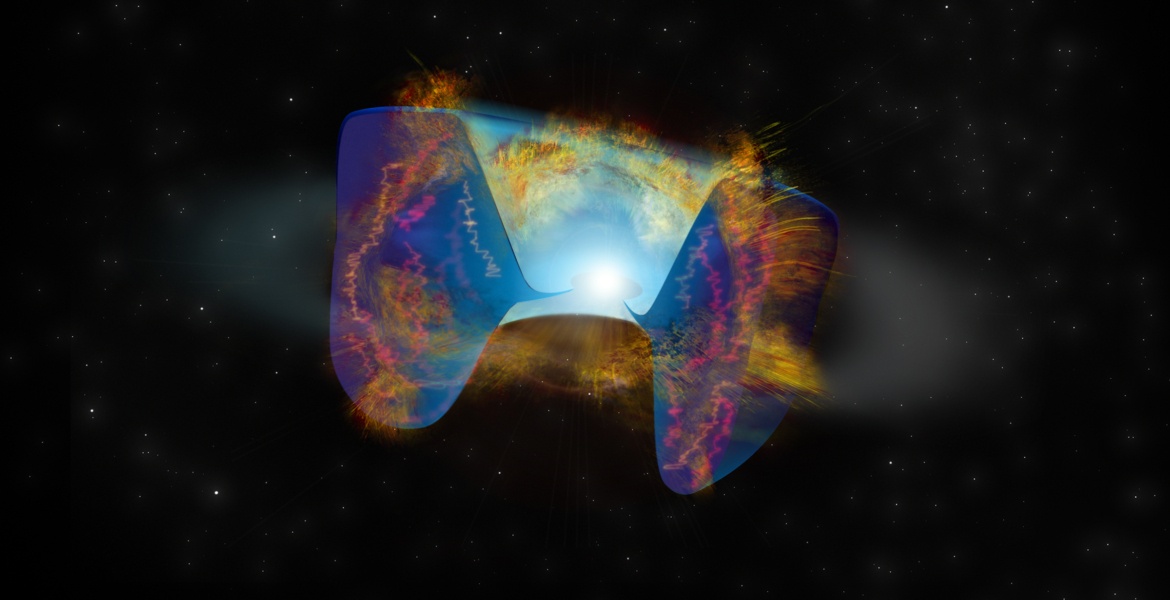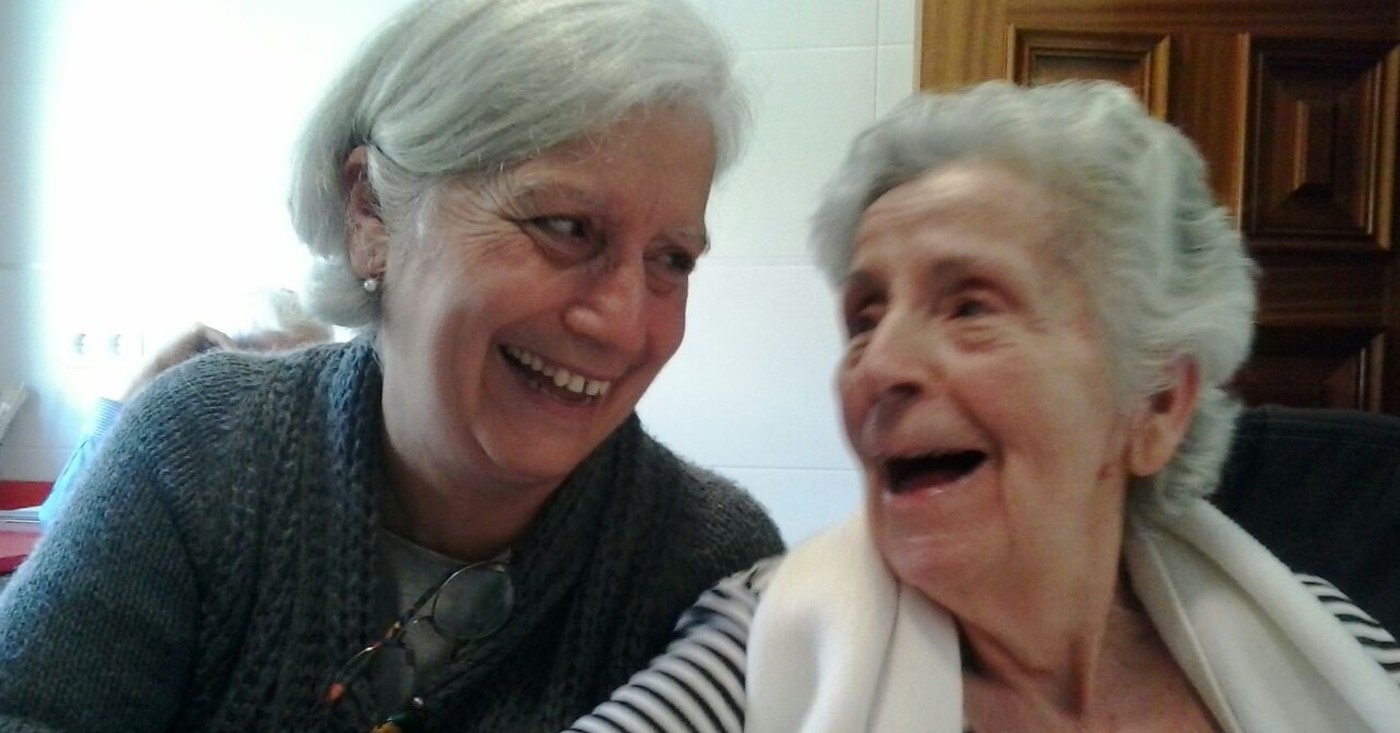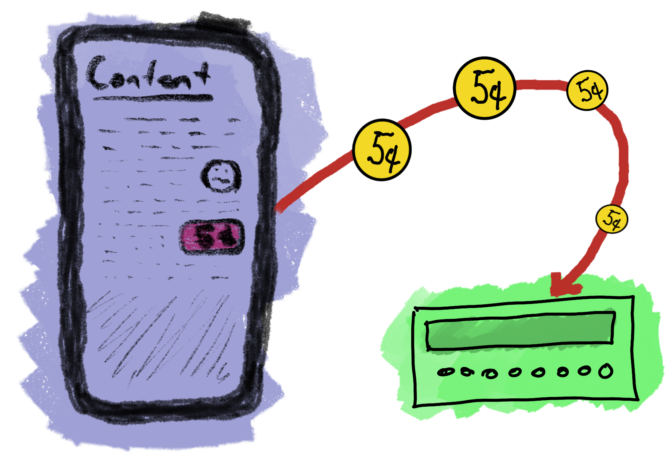
8 million cells: virtual embryo shows organs forming in exquisite detail
You can also search for this author in PubMed Google Scholar
Researchers have created the most detailed 3D cellular map yet of a mouse embryo, visualizing close to eight million cells1. The map shows how cells interact and migrate in an embryo less than two weeks after conception, and could help researchers to identify causes of congenital diseases.
The map reveals the structures of every major organ developing in the embryo, from the brain to the heart and the spinal cord. It visualizes intricate emerging structures in the neural tube, the progenitor of the central nervous system, and the asymmetrical movements of cells forming the four chambers of the growing heart.
“It captures a tremendous amount of cell complexity that will be very important for researchers worldwide exploring mechanisms of mouse development,” says Miguel Esteban, a stem-cell biologist at the biotechnology company BGI Cell in Shenzhen, China.





















